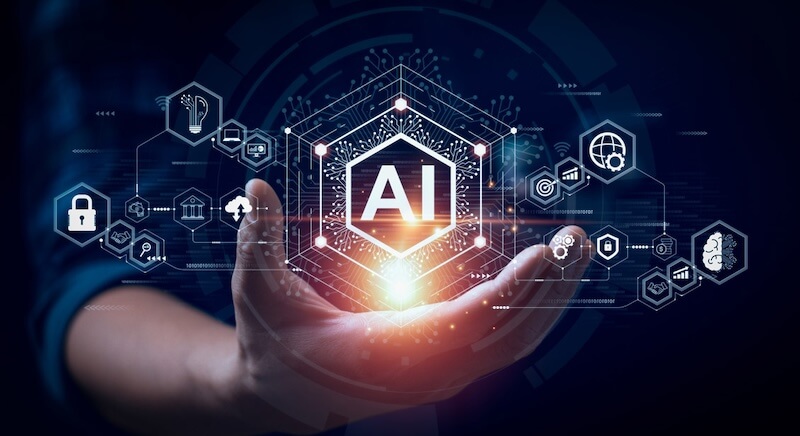The proliferation of Artificial Intelligence (AI) tools across various sectors is undeniable. From AI-powered agents automating mundane tasks to sophisticated algorithms driving scientific breakthroughs, the technology's rapid growth is transforming industries and daily life. However, this rapid expansion also raises a critical question: Are we drowning in a sea of unnecessary applications?
The statistics paint a clear picture of AI's ascendance. Generative AI adoption rates are surging, outpacing the adoption of earlier technologies like PCs and the internet. Businesses are increasingly prioritizing AI, with a significant percentage already using it in some capacity. The global AI market is experiencing exponential growth, projected to expand at a CAGR of nearly 40% in the coming years. AI is no longer a futuristic concept; it's a present-day reality.
AI is being integrated into various sectors. In healthcare, AI aids in medical diagnoses and streamlines administrative tasks, allowing professionals to focus on patient care. The agriculture sector sees AI-powered tools helping farmers identify crop diseases and optimize farming practices. Financial services benefit from AI-driven customer automation and financial forecasting. Even the public sector is exploring agentic AI technologies to improve efficiency and tackle challenges.
The benefits of AI are numerous. AI tools, like chatbots and recommendation systems, enhance customer experience through quick responses and personalized solutions. AI enables the automation of repetitive tasks, freeing up human employees for higher-value work. AI algorithms improve decision-making by analyzing vast datasets and providing valuable insights. AI adoption leads to increased efficiency, cost reduction, and revenue growth for organizations.
Despite the promises, the rapid growth of AI tools has inherent challenges. There are concerns about job displacement as AI-powered automation takes over roles previously held by humans. Algorithmic bias poses a risk, with AI systems potentially making discriminatory decisions based on biased data. Data privacy and security are also major concerns, as AI systems often process sensitive data.
Integrating AI with legacy IT infrastructure can be difficult. Organizations may struggle with poor data quality, which can undermine the effectiveness of even the most advanced AI models. A shortage of skilled AI professionals can also slow down adoption and limit the potential benefits of the technology. High initial costs associated with AI implementation can be a barrier, especially for small and medium-sized enterprises.
To navigate the AI landscape effectively, organizations need a strategic vision. Prioritizing governance, transparency, and ethics is crucial for responsible AI implementation. Enhancing data management practices ensures data quality and security. Building an AI-ready workforce through training and upskilling initiatives is essential. A phased investment approach can help organizations prioritize AI within limited budgets.
The future of AI depends on addressing the challenges and maximizing the benefits. This requires responsible AI development, ethical guidelines, and proactive measures to mitigate potential negative consequences. It means promoting transparency, accountability, and ethical guidelines to ensure AI technologies are developed and deployed in a manner that aligns with societal values. It also involves continuous monitoring and adjustment of AI systems to ensure they are meeting objectives and generating value.
In conclusion, the rapid growth of AI tools presents both opportunities and challenges. While the technology has the potential to transform industries and improve lives, it's crucial to approach AI adoption with a strategic and ethical mindset. By addressing the challenges and maximizing the benefits, we can harness the power of AI for good and avoid drowning in a sea of unnecessary applications.

















